The world has smart water, smart cars and even smart appliances, so it shouldn’t come as a surprise that attention has now turned to developing smart cities. Recently, the smart cities movement has gained momentum, pushed forward by federal and state political leaders, city planners, scientists, engineers and perhaps most notably, the residents of cities themselves. But what exactly is a smart city?
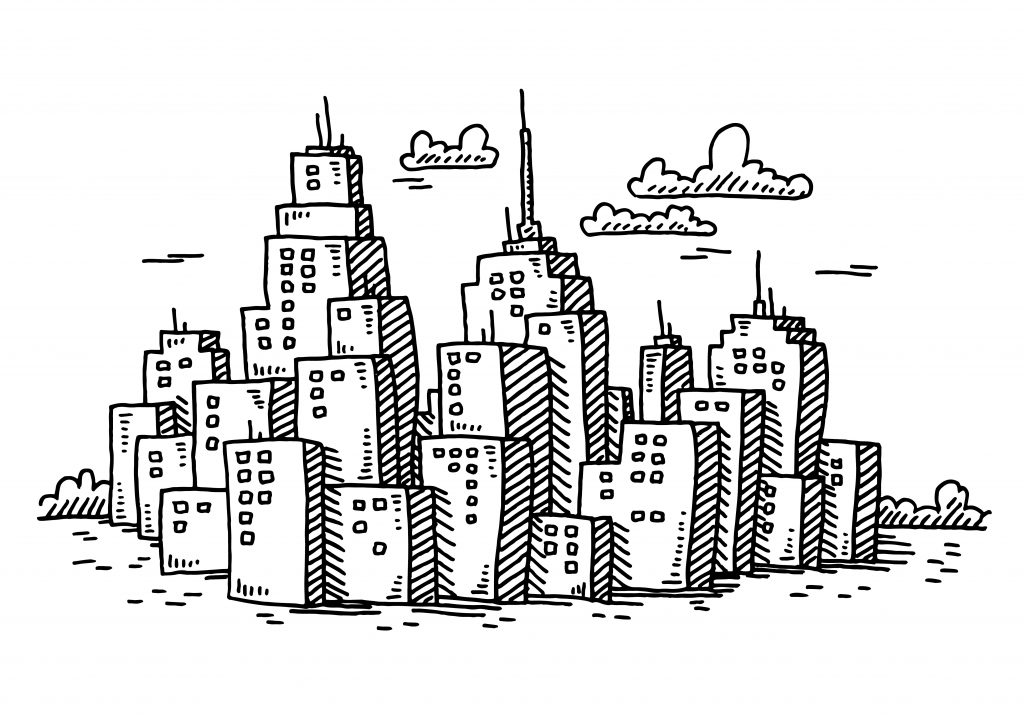
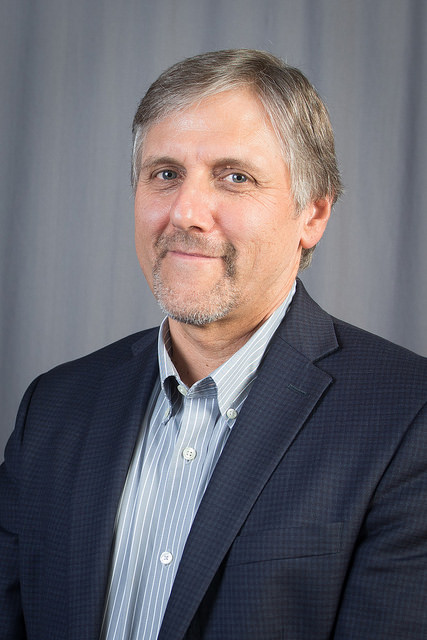
“We sometimes focus on transportation when we talk about smart cities,” said Richard Corsi, chair of the Department of Civil, Architectural and Environmental Engineering. “It’s certainly an important aspect of cities, but you also have water infrastructure, energy infrastructure, telecommunications infrastructure and more. Each of these has typically existed in its own silo, but the aim of the smart city is to better integrate this infrastructure using sensors, evolving data bases, advanced models and cutting-edge visualization tools that allow the whole to be smarter than the sum of its parts.”
An evolving and debated concept, a smart city is widely defined as an urban development designed to integrate information systems and technology solutions across multiple community assets, including schools, hospitals, power plants, water supply networks and transportation systems. And according to many, the smart city is simply about leveraging the latest technology and common-sense solutions in order to help people — especially some of the most vulnerable in society — become safer and healthier and lead better lives.
Smart cities are not determined only by the things we can see and feel — our buildings, streets, neighborhoods and offices — but by the entire environment around, above and below us, and by the information we can garner and then put to use. From the sky to the subsurface, experts in the Cockrell School are working hard to determine what truly makes a city smart.
Up in the Air
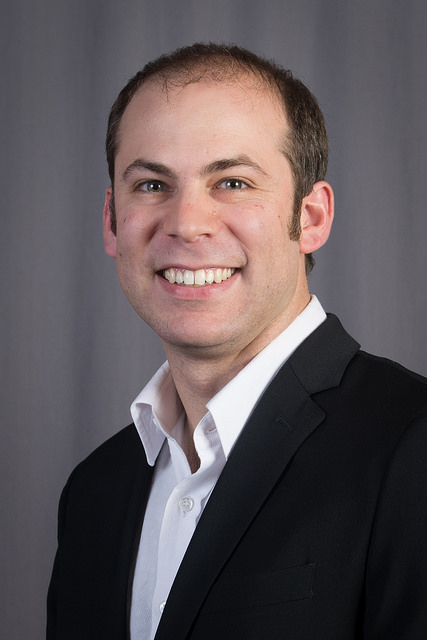
Assistant professor Joshua Apte, an air pollution expert, is taking a top-down view of the smart city.
“When we start talking about more intelligent ways to build cities, there are several areas where air pollution comes into effect,” Apte said. “One is building cities where there is less air pollution in the first place.”
Apte believes that the ongoing transformation in energy and transportation fuels is going to have an important impact in the air quality that we see in cities. And there’s something else that he’s particularly excited about — new low-cost technologies for measuring air pollution in cities and providing people with information. In the last few years, there has been a revolution of lower cost stationary sensors that could be mounted on lampposts, inside buildings, indoors and outdoors. The technology is not 100 percent accurate, Apte said, but it’s come a very long way in the past five years, and it’s getting better.
“There is real potential to deploy networks of these sensors to supply data to a variety of different users, such as municipal air quality agencies and perhaps agencies that control traffic,” Apte said. “So you can think of rerouting vehicles from polluted parts of the city in real-time as spikes in pollution occur.”
The hope is that connections that exist between air pollution and health may better inform the design of cities. “One way is to design cities so less air pollution is emitted, and that means finding ways to make cities more walkable and bikeable,” Apte said. “A lot of that is good engineering, but also just sensible, old fashioned urban planning. Sometimes old solutions are the best ones.”
On the Street

Jen Duthie, a researcher in the school’s Center for Transportation Research (CTR), is interested in designing smart cities that are accessible to all people, regardless of their socio-economic status.
“A smart city is one in which everyone can access all of the opportunities that they need and want,” Duthie said. “We want to make sure technology is something that enables a better quality of life.”
Earlier this year, Duthie led a team of UT Austin researchers who collaborated with the city of Austin on the Department of Transportation’s Smart Cities Challenge, a competition to become the country’s first city to integrate innovative technologies, including self-driving cars, connected vehicles, smart sensors and more. Austin was one of seven finalists that competed to win $40 million in federal grant money, which ultimately went to Columbus, Ohio.
Although Austin didn’t win the competition, it jump-started an effort that brought together experts from across the city. A centerpiece of their plan is CTR’s DataRodeo.org, a long-term transportation data storage site that allows access to cross-agency regional data, visualization tools and analytics — so that leaders and the public can make better decisions about funding and policy.
CTR created the DataRodeo, in collaboration with the university’s Texas Advanced Computing Center and regional partners like the Capital Area Metropolitan Planning Organization.
The effort also helped highlight the innovative transportation projects that CTR researchers and researchers from the Cockrell School’s Wireless Networking Communications Group are working on.
For instance, associate professor Todd Humphreys and his students unveiled a lane-keeping technology, which relies on centimeter-accurate GPS to help both conventional and driverless cars stay within their lane in challenging weather conditions. And assistant professor Christian Claudel and his students are working on creating networks of transportation-focused wearables, leveraging augmented reality tech to help protect pedestrians and avoid accidents.
“We are definitely at a turning point when it comes to transportation,” Duthie said. “We expect to see a lot more data flowing between the vehicle and the infrastructure in what we call a connected system.”
Duthie said she expects the transportation system to look quite a bit different in the not-so-distant future.
“I expect that 20 years from now we won’t own cars, and mobility will be a service where you order transportation based on needs. If you’re transporting kids by car, you’ll order a bigger vehicle. It will be safer as well,” she said.
In Our Buildings
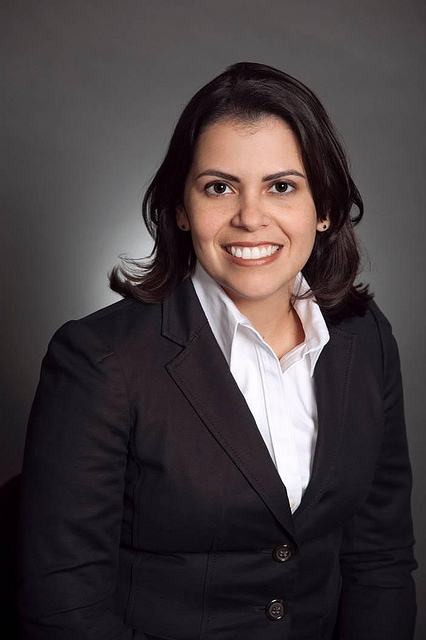
Associate professor Fernanda Leite thinks that in order to truly reach the smart city vision, there needs to be better integration between various systems — and she’s starting with the construction and maintenance of buildings.
“We are all very siloed in the construction sector, and each group is speaking a different language,” Leite said. “How do we create a common language to enable smart cities, so that all of it is connected?”
Leite, who is the current chair of the American Society of Civil Engineers’ (ASCE) Visualization, Information Modeling and Simulation (VIMS) Committee, said that one of the biggest challenges ASCE members are faced with is bringing together data from architecture, engineering, construction and facilities management — areas that typically work independently.
For her part, Leite’s research focuses on developing 3D models to simulate construction projects. On top of 3D modeling the to-be-built structures, the simulation adds other layers, including time and safety. This creates a so-called 4D safe model that allows for a safe component that doesn’t exist with 3D modeling. By showing the construction project in real time, construction managers can see potential dangerous work situations.
Leite is also making sure engineering students are adept and comfortable working with different visual and mapping systems.
“In my Building Information Modeling (BIM) course, I really am software agnostic when I teach, and the reason is that I want students to come out and learn different applications. I want them to be able to use different resources, ask questions and fully understand the fundamentals,” she said.
Under Our Feet
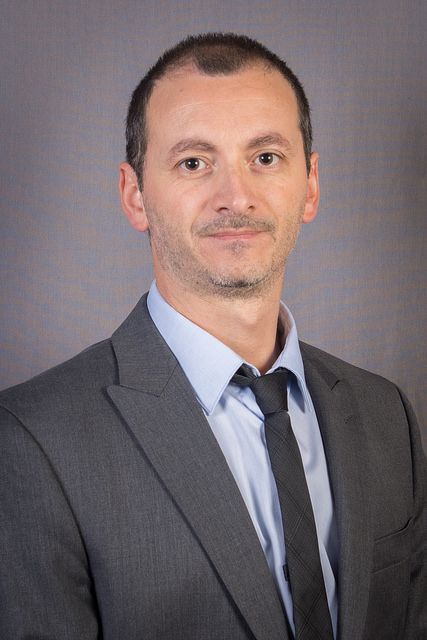
For assistant professor Salvatore Salamone, a smart city starts with making sure the infrastructure — bridges, concrete structures and pipelines for gas and hazardous liquids, for example — are secure and running at optimal levels.
“Infrastructure systems are complex systems,” Salamone said, “and unfortunately, many of these structures are facing an increasing number of challenges that can jeopardize their safety and serviceability. Some of the challenges, such as aging and maintenance, are life cycle-related and expected. Other challenges are manmade hazards or natural events that are not expected and can weaken and destabilize a structure.”
Salamone’s Smart Structures Research Group is focused on advancing next-generation technologies and methodologies for the structural health monitoring (SHM) of civil, mechanical and aerospace structures.
In one project, Salamone and his team are designing SHM technology to detect, evaluate and monitor the progression of corrosion in pipeline systems. Corrosion is a leading cause of failure in metallic pipelines that carry gas and chemicals. He’s using a similar approach to monitor corrosion progression in concrete structures. He’s developed a vision-based SHM system that relies on 2D images to retrieve surface or subsurface patterns that can provide a quantitative measure of damage.
“SHM can be utilized as a platform for construction of a ‘smart city,’ that is, a city which structures have instruments with integrated sensing and processing capabilities that could inform decision makers on the need for repair and ultimately ensures the safe and reliable operation of infrastructure,” Salamone said.